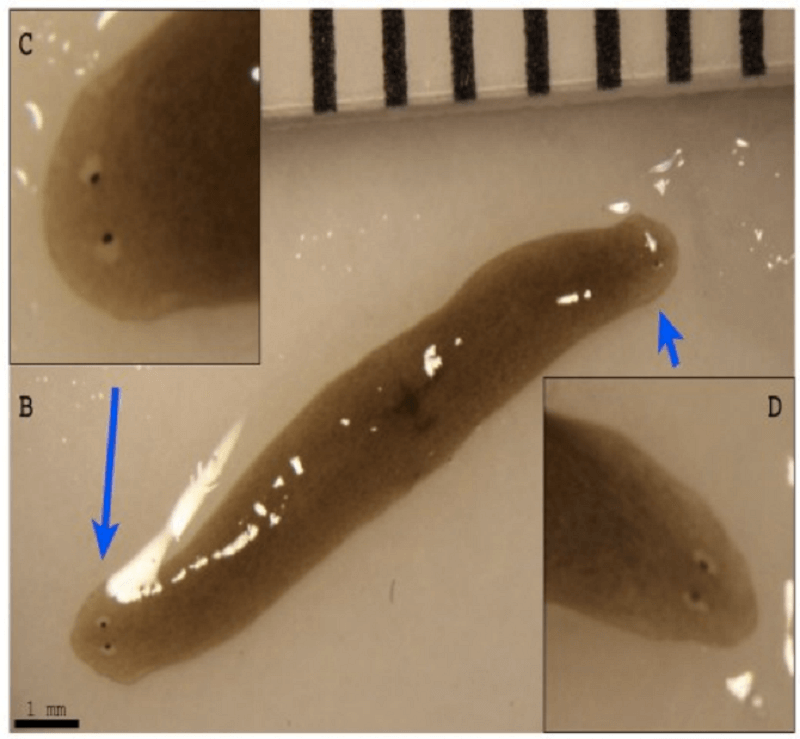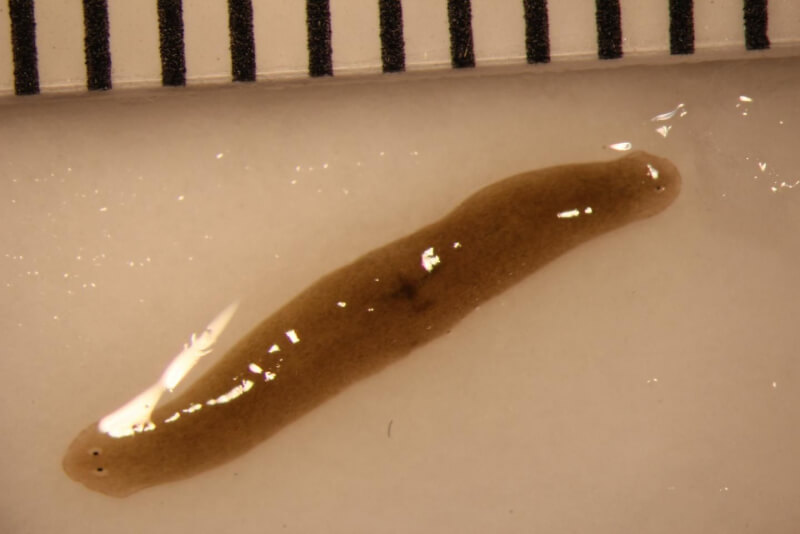In what definitely sounds like the first ten minutes of a horror movie, experiments involving tissue regeneration conducted on the International Space Station have resulted in a Planarian flatworm growing two heads.
Scientists were studying the worms because of their ability to regrow organs from small pieces of their body. And while worms growing two heads has happened before, it's incredibly rare. In a paper published in the journal Regeneration, researcher Junji Morokuma and the team explain that in 18 years working with the worms, they've never seen one grow back two heads after amputation.
The worms arrived on the ISS for their five-week stay via SpaceX Commercial Resupply Service Mission 5. To find out how space travel affected their regenerative abilities, half the worms had been amputated (heads and tails cut off), while others were left whole.
"During regeneration, development, and cancer suppression, body patterning is subject to the influence of physical forces, such as electric fields, magnetic fields, electromagnetic fields, and other biophysical factors," explained Tufts University biologist Michael Levin.
Once they returned to earth, the worms were observed for 20 months, during which time scientists noticed some unusual phenomena. Not only did one of the amputated worms regrow two heads, but after the team cut them off, both regrew.

Additionally, some of the whole worms split apart into two separate worms, a process known as "spontaneous fission," though the scientists suspect this could be related to temperature changes rather than exposure to space travel.
Exactly what all this means for humans that journey to the stars is unclear, but researchers believe the experience of being in outer space has permanently altered the way in which the two-headed worm regenerates itself.
"As humans transition toward becoming a space-faring species, it is important that we deduce the impact of space flight on regenerative health for the sake of medicine and the future of space laboratory research," said Morokuma.
